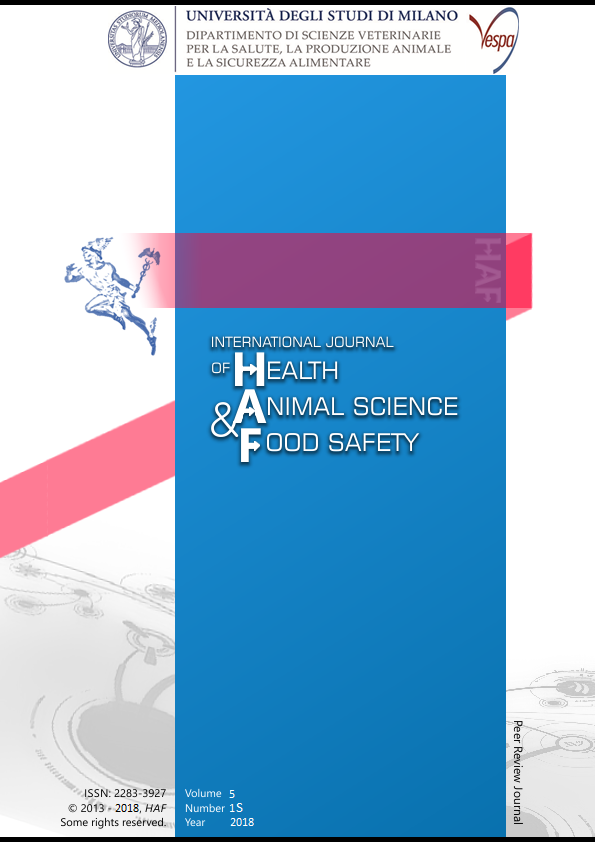Abstract
In the last years, many papers highlighted the possibility to use epigenetic modifiers to directly interact with the epigenetic signature of an adult mature cell (Pennarossa et al., 2013; Chandrakantan et al., 2016). In particular, the molecule 5-azacytidine (5-aza-CR), which is able to interfere with DNA methylation, through both a direct and an indirect effect (Manzoni et al., 2016), can be used to remove the epigenetic ‘blocks’ responsible for tissue specification and to facilitate cell transition to a different lineage. In parallel, recent evidence has also shown that epigenetic conversion is influenced by the 3D rearrangement and by the mechanical properties of the cellular microenvironment (Pennarossa et al., 2017). In the experiments here presented, we investigated the effect of a selected 3D culture system on the conversion process. We used INS-eGFP porcine fibroblasts, that express enhanced green fluorescent protein (eGFP) under the control of insulin gene promoter, as experimental model, and wild-type pig fibroblasts, as control. Both cell types, were plated either on plastic or on 1kPa polyacrylamide (PAA) gel, that mimics the stiffness of pancreatic tissue in vivo. Cells were erased with 5-aza-CR for 18h and exposed to specific differentiation stimuli for 36 days (Pennarossa et al., 2014). The use of INS-eGFP fibroblasts allowed real-time monitoring of cells progressing towards the pancreatic phenotype. Morphological analysis and pancreatic marker expression were checked for the entire length of the experiment. PAA gels encouraged the induction of islet-like structures, suggesting that the of tridimensional clusters may be a crucial aspect of pancreatic differentiation in vitro. Moreover, the use of an adequate substrate accelerated cell differentiation process and anticipated insulin secretion ability. The results obtained demonstrated the direct implication of the yes-associated protein/transcriptional co-activator with PDZ-binding motif (YAP/TAZ) mechanotransduction-mediated pathway, indicating that mechanical cues exert a key role in pancreatic phenotype definition.
Riferimenti bibliografici
Pennarossa, G., Maffei, S., Campagnol, M., Tarantini, L., Gandolfi, F., Brevini, T.A.L., 2013. Brief demethylation step allows the conversion of adult human skin fibroblasts into insulin secreting cells. Proc Natl Acad Sci U S A. 110, 8948-8953.
Chandrakantan V., Yeola, A., Kwan, J.C., Oliver, R.A., Qiao, Q., Kang, Y.C., Zarzour, P., Beck, D., Boelen, L., Unnikrishnan, A., Villanueva, J.E., Nunez, A.C., Knezevic, K., Palu, C., Nasrallah, R., Carnell, M., Macmillan, A., Whan, R., Yu, Y., Hardy, Philip, Grey, S.T., Gladbach, A., Delerue, F., Ittner, L., Mobbs, R., Walkley, C.R., Purton, L.E., Ward, R.L., Wong, J.W.H., Hesson, L.B., Walsh, W., Pimanda, J.E., 2016. PDGF-AbB and 5-Azacytidine induce conversion of somatic cells into tissue-regenerative multipotent stem cells. Proc Natl Acad Sci U S A. 113: 2306-2315.
Pennarossa, G., Maffei, S., Campagnol, M., Rahman, M.M., Brevini, T.A.L., Gandolfi, F., 2014. Reprogramming of pig dermal fibroblast into insulin secreting cells by a brief exposure to 5-aza-cytidine. Stem Cell Rev, 10(1):31-43.
Manzoni, E.F.M., Pennarossa, G., deEguileor, M., Tettamanti, G., Gandolfi, F., Brevini, T.A.L., 2016. 5-azacytidine affects TET2 and histone transcription and reshapes morphology of human skin fibroblasts. Sci Rep. 6:37017.
Pennarossa, G., Santoro, R., Manzoni, EFM, Pesce, M., Gandolfi, F., Brevini, T.A.L., 2017. Epigenetic Erasing and Pancreatic Differentiation of Dermal Fibroblasts into Insulin-Producing Cells are Boosted by the Use of Low-Stiffness Substrate. Stem Cell Rev. 10.1007/s12015-017-9799-0.
This work is licensed under a CC BY-SA 4.0 international

